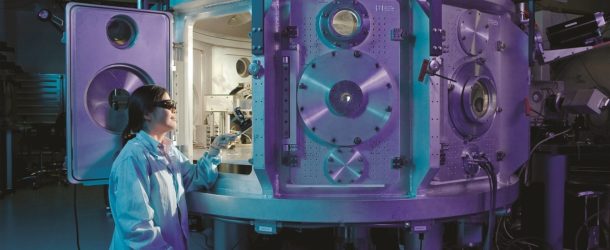Did you design the right Medical Device? This is the main question that design and development validation needs to answer. design validation refers to the sum of all efforts necessary to ensure that the design actually meets the requirements: user needs, intended use, performance safety, and regulatory requirements. With design verification, we ensured that the subsystems, materials, components, and planned process activities will meet their requirements. Now it is time to conclude the assurance by testing the Medical Device as a whole—the design validation.
Systematic validation of design and development
Validation is the demonstration of consistency and completeness of a design with respect to the initial requirements of the Medical Device regarding intended use and performance. Validation refers to the confirmation by examination and provision of objective documented evidence that the particular requirements for a specific intended use can be consistently fulfilled. Objectives of the validation:
- Ensuring that the requirements are adequate, complete, and clear.
- Proving how the Medical Device actually answers user needs with respect to the initial intention of what the Medical Device, its functions, and functionalities should do. In the validation, we are not testing components or systems but the whole Medical Device.
- Ensuring that each requirement for a particular intended use, performance, or safety need is satisfied.
- Ensuring that the correct inputs were delivered to the subsequent activity of the design and development.
- Determining whether the appropriate and planned verifications and reviews have been completed.
Validation is done through:
- Identification and proving of elements, constituents, components, or activities related to the Medical Device that may have significant human factor implications and may affect product performance in unexpected ways.
- Matching the realization as closely as possible to the actual environment and conditions that were determined by the design in order to identify and detect in advance problems that may occur during the manufacturing stages that were undetected during the verification phase. It refers to all activities that are planned for the realization of the Medical Device: delivery of goods or services for production, production, packaging and labeling, storage, transportation
deployment for user, and postdelivery service. - Performing planned programs or tests that will demonstrate that a system, activity, or operation executed within specified limits, possible or allowed degrees, or boundaries of a specific area will consistently produce products or services complying with predetermined requirements and that an accepted result will meet its specifications and requirements. In other words, validation ensures a device is capable of fulfilling its purpose throughout that evolutionary process.
Read more about Design and development validation.


Comments are closed.